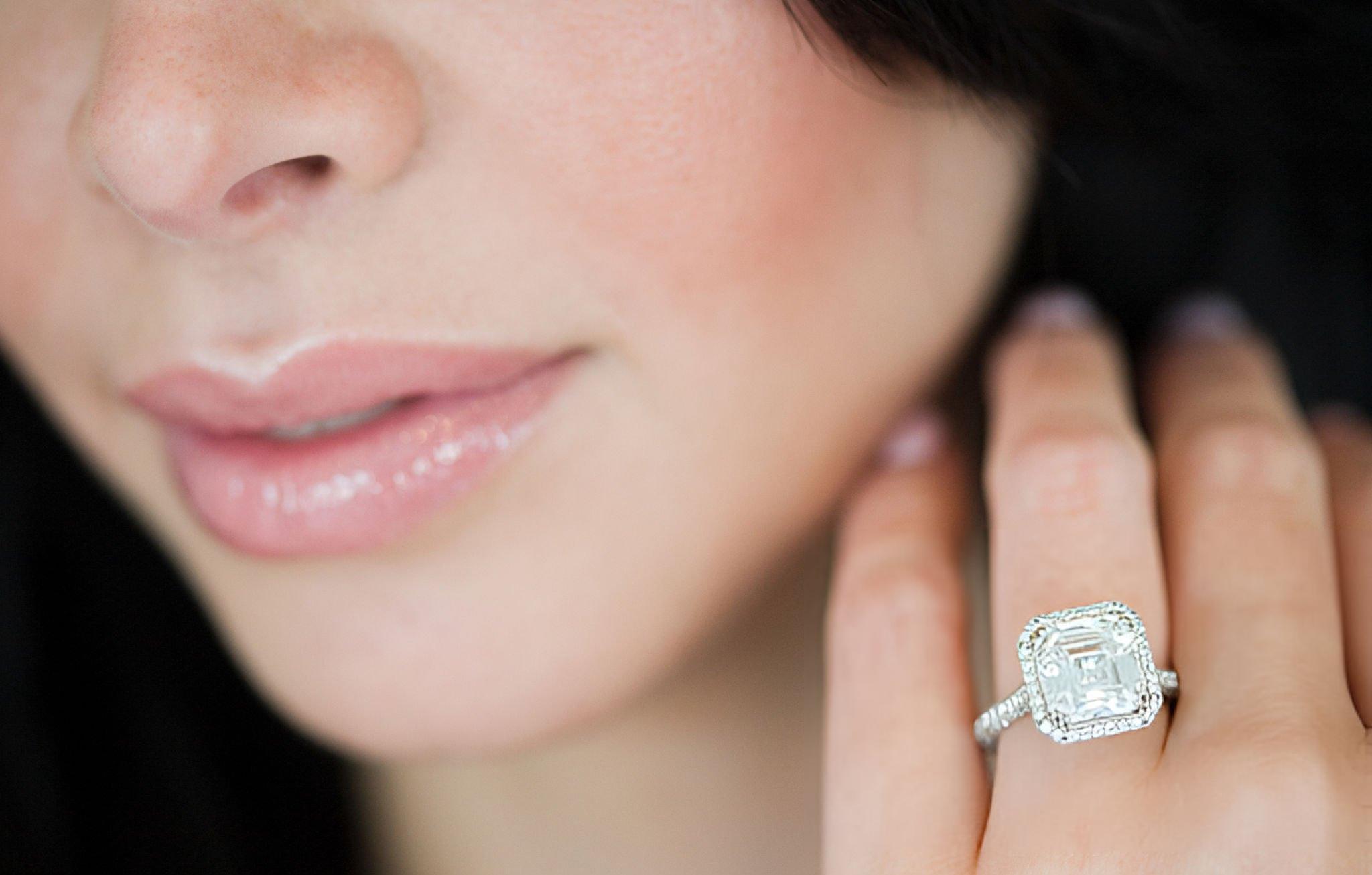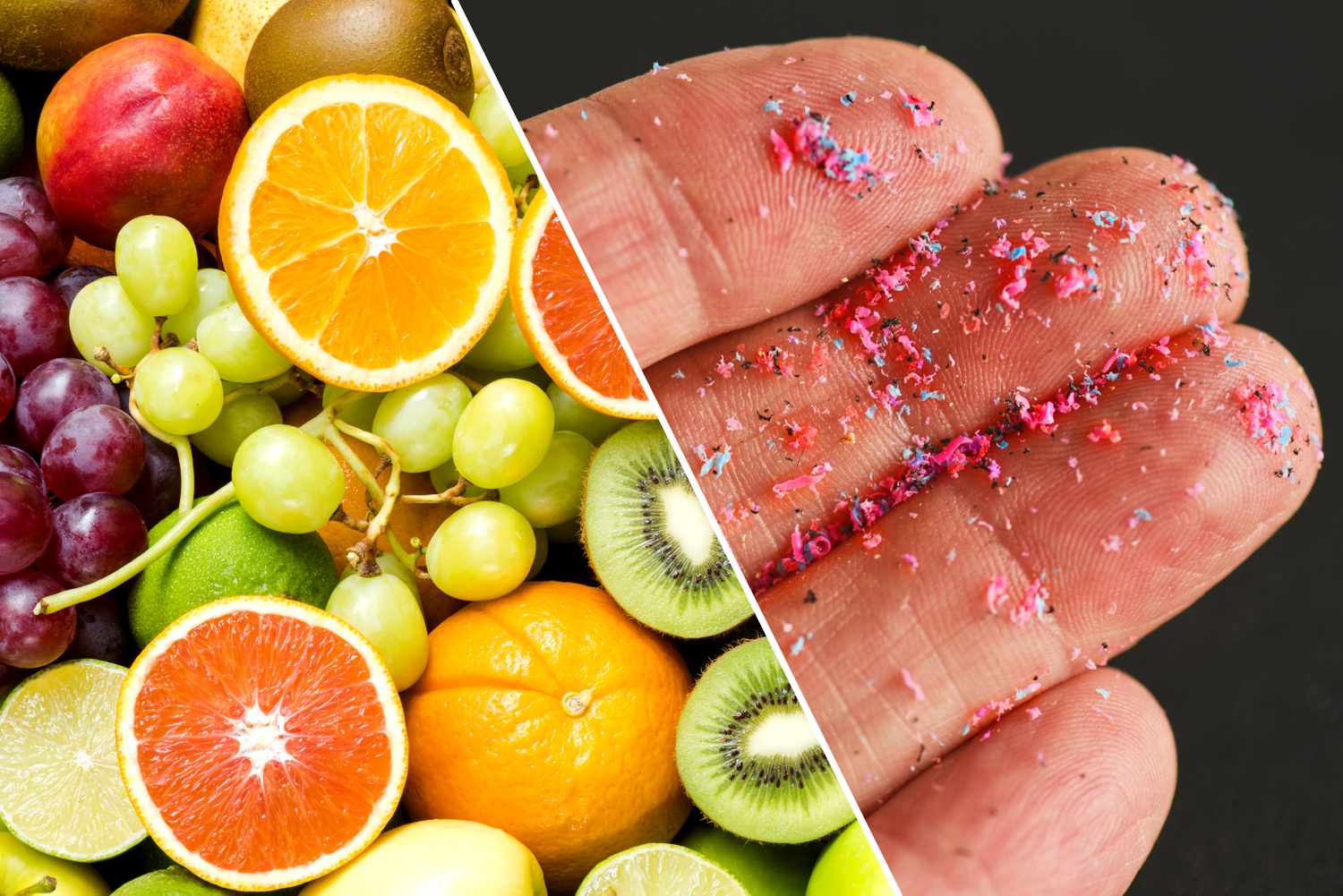
Many individuals feel pressured to have this ring “just right” because it will reveal your story to the world for the rest of your life.
This article offers a simple guide for simple diamond shopping. No matter if you’re budget-conscious or looking for a diamond that sparkles, we’ll help you make an informed, thoughtful selection that shines as brightly as your future.
Learn the 4 Cs
The 4 Cs -Cut, color, Clarity, and Carat-are the basic elements of diamond high-quality. Understanding them will help you evaluate diamonds and make more informed choices. Each “C” has a part in the way a diamond appears and the price it will cost.
You don’t have to get the highest rating in all categories. A balance of the 4 Cs can provide the most value. Find out what is most important to you and apply the four Cs to guide your search.
Focus on the Cut First
The cut has the greatest impact on the appearance of diamonds. A diamond that is well cut reflects light and creates a sparkling effect even in dim lighting. The proper cut will make the diamond appear larger and more brilliant than it is.
Diamond cuts are classified by their quality, ranging from Good to Poor. Choose excellent or very good, if you can, particularly in round diamonds. A bad cut could make a massive diamond appear dull.
Choose the Right Color Range
The color of diamonds can range from D (colorless) up to Z (light gold or dark). The majority of buyers select diamonds in the D to H range to get a clean, sleek, clear look. Beyond that, the yellow color is more apparent to the human eye.
Although yellow gold can make it appear softer in diamonds, it does not cover it completely. Therefore, if you’re looking to save money, it’s possible to choose a lower hue, without making it evident.
Know What Clarity Means
Clarity is the measurement of the number as well as the size of imperfections that exist inside or on the exterior of a diamond. These flaws, known as inclusions and blemishes, aren’t visible without the aid of a microscope. High-clarity diamonds are extremely rare and generally be more expensive.
The majority of inclusions don’t affect the appearance or strength that the diamond has. Diamonds graded VS1 up to SI1 generally appear unnoticeable in the eyes of the observer. This makes them an excellent option for those who want to balance high-end quality and value.
Considering Carat Weight
Weight of a carat will tell you how much diamond weighs and not the size it appears. One carat is equivalent to 200 milligrams. However the shape and cut of the diamond determine how big your diamond looks. Two diamonds of the same carat may appear different based on how they’re cut.
Diamonds with larger sizes cost more however, size doesn’t the most important. It is possible to get greater sparkle using smaller diamonds that are well-cut. Consider what’s more important in terms of size, sparkle or a mixture of both.
Set a Budget That Works
Get a clear picture of the budget you’re are willing to invest. No law says that you need to spend a certain amount, contrary to what ads might suggest. Find the most expensive diamond that you can manage to afford.
A budget that is well-planned narrows your choices and helps avoid overwhelm. It is then your choice to decide on where you want to spend your money-cut, carat or setting. If you make the right options, you’ll be able to discover a beautiful engagement ring that isn’t over the top.
Pick a Diamond Shape
The shape is one of the first things that people take note of. Round diamonds are most well-known and attractive however there are other shapes to take into consideration. Forms such as pear, oval or cushion can be stylish and are less expensive per carat.
Every shape has an individual charm and character. Forms such as marquise and the emerald shape can lengthen fingers. Take note of what you think will fit your handmate’s and then taste the most delicious.
Decide on a Setting Style
The setting does not just hold the diamond, but also sets the tone of the ring. It could be simple and elegant, or elaborate and striking. The most popular styles are solitaire, vintage, halo, and three-stone.
Each setting improves the diamond’s look in a different way. Halo settings make the center stone appear larger and more sparkling. Solitaires keep the focus on a single diamond to create an elegant appearance.
Select the Best Metal
The type of metal you select will impact the ring’s appearance as well as its durability and cost. Most popular options are yellow gold, white gold, rose gold and platinum. Each one has a distinct appearance and a different feel. They also match with various skin tones.
Platinum and white gold create a the appearance of modern and clean. The rose and yellow golds provide the warmth and appeal of vintage. Think about what your partner usually wears and look at their other jewelry to find clues.
Think About Lifestyle
The daily activities of your partner will influence the decision you make. If they are active with the hands of their partners or active, certain settings could be superior to other settings. A setting with a low profile protects the diamond from damage and will not be as likely to scratch or scratch.
Certain shapes are more durable than other shapes. Cuts like round and princess are generally more durable than pear or marquise shapes. Think about the ring’s durability in time, not only its design.
Compare Diamond Certifications
Always purchase diamonds with an grading report issued by an established laboratory. Although GIA (Gemological Institute of America) and AGS (American Gem Society) are reliable but there are other reputable organizations as well. Their reports are unbiased and provide information about the quality of the diamond.
Be wary of lesser-known laboratories, as they could inflate the value of your diamond. Certification allows you to compare diamonds in a fair manner and prevents any surprise costs. It’s an insurance safety security net that makes sure that you’re getting what you’re paying for.
Consider Ethical and Lab-Grown Options
Certain diamonds are from conflict zones or are harmful to the natural environment. Choose ethically-sourced or conflict-free stones. This is a choice that supports fair labor and environmentally friendly practices.
Many are now choosing contemporary alternatives which reflect their values. Diamonds grown in labs are an ethical and sustainable alternative that has the same sparkle and elegance like mined diamonds. They permit you to make a the right choice without sacrificing quality or fashion.






